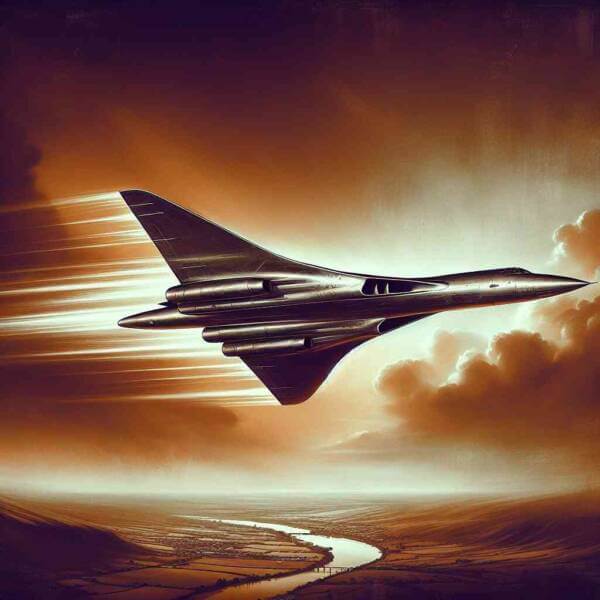Military Aviation: Everything You Need to Know
Military Aviation: Everything You Need to Know
Blog Article

Military aviation is a cornerstone of modern defense strategies around the world.
Today, military aviation encompasses a wide range of aircraft types, from fighter jets and bombers to surveillance drones and transport planes.
History of Military Aviation
Military aviation started during the dawn of aerial warfare, with aircraft initially used for observation.
Major milestones in military aviation history include:
- First use of armed aircraft in combat
- World War II advancements
- The Cold War era
- Rise of unmanned aerial vehicles (UAVs)
Each era brought innovative strategies that expanded aerial warfare.
Types of Military Aircraft
Understanding the types of military aircraft helps in appreciating the complexity of modern air forces.
Major aircraft classifications:
- Planes built for speed and agility
- Planes that deliver heavy payloads
- Logistical support aircraft
- Reconnaissance and surveillance drones
Each type plays a vital role in military operations, from securing airspace.
Importance of Air Superiority
Controlling the skies gives forces the advantage.
Benefits of air superiority include:
- Reducing enemy effectiveness
- Cutting off enemy resources
- Early warning and real-time data
- Demonstrating power and deterrence
Nations with strong military aviation capabilities can shape outcomes.
Advancements Shaping the Future
Military aviation is at the forefront of engineering breakthroughs.
Future technologies in military aviation:
- Low-visibility planes
- Missiles and aircraft traveling at speeds greater than Mach 5
- Autonomous drones
- New forms of aerial weaponry
These advancements expand mission possibilities for air forces worldwide.
Obstacles Facing the Industry
visit this website From high costs to geopolitical tensions, the road to air dominance is a constant battle.
Major obstacles to overcome:
- Rising development and maintenance costs
- Short life cycles for cutting-edge aircraft
- Protecting systems from hacking and sabotage
- Ethical concerns with autonomous weapons
Addressing these challenges is necessary for effective defense strategies.
Future of Military Aviation
Nations will continue investing in space-based systems to maintain strategic advantages.
Likely developments:
- Smarter decision-making systems
- Defending assets beyond Earth
- Developing sustainable aviation technology
- Enhanced multinational cooperation
The next era of military aviation will revolutionize how wars are fought.
Conclusion
Its history, present achievements, and future possibilities demonstrate strategic importance.
As technology continues to evolve, the skies will remain a vital domain where military aviation shapes the world order.
The future of military aviation is limitless — and it’s only just beginning. Report this page